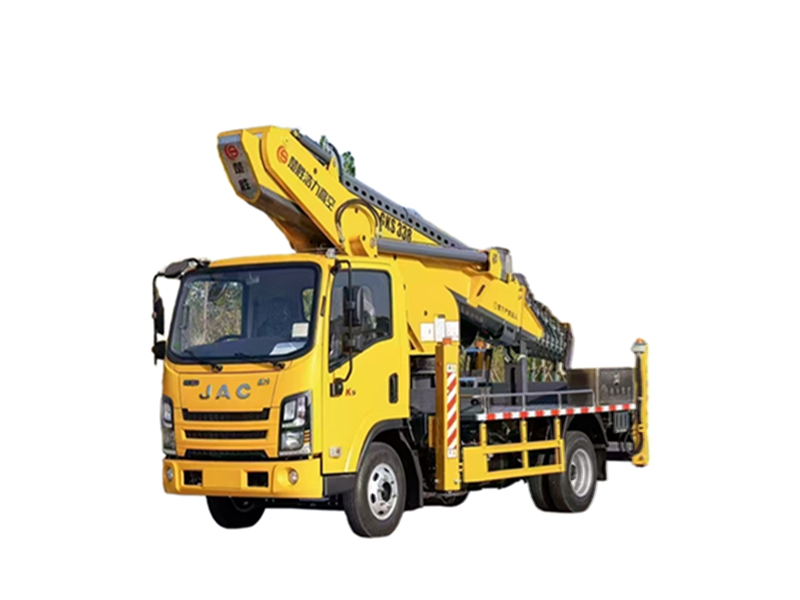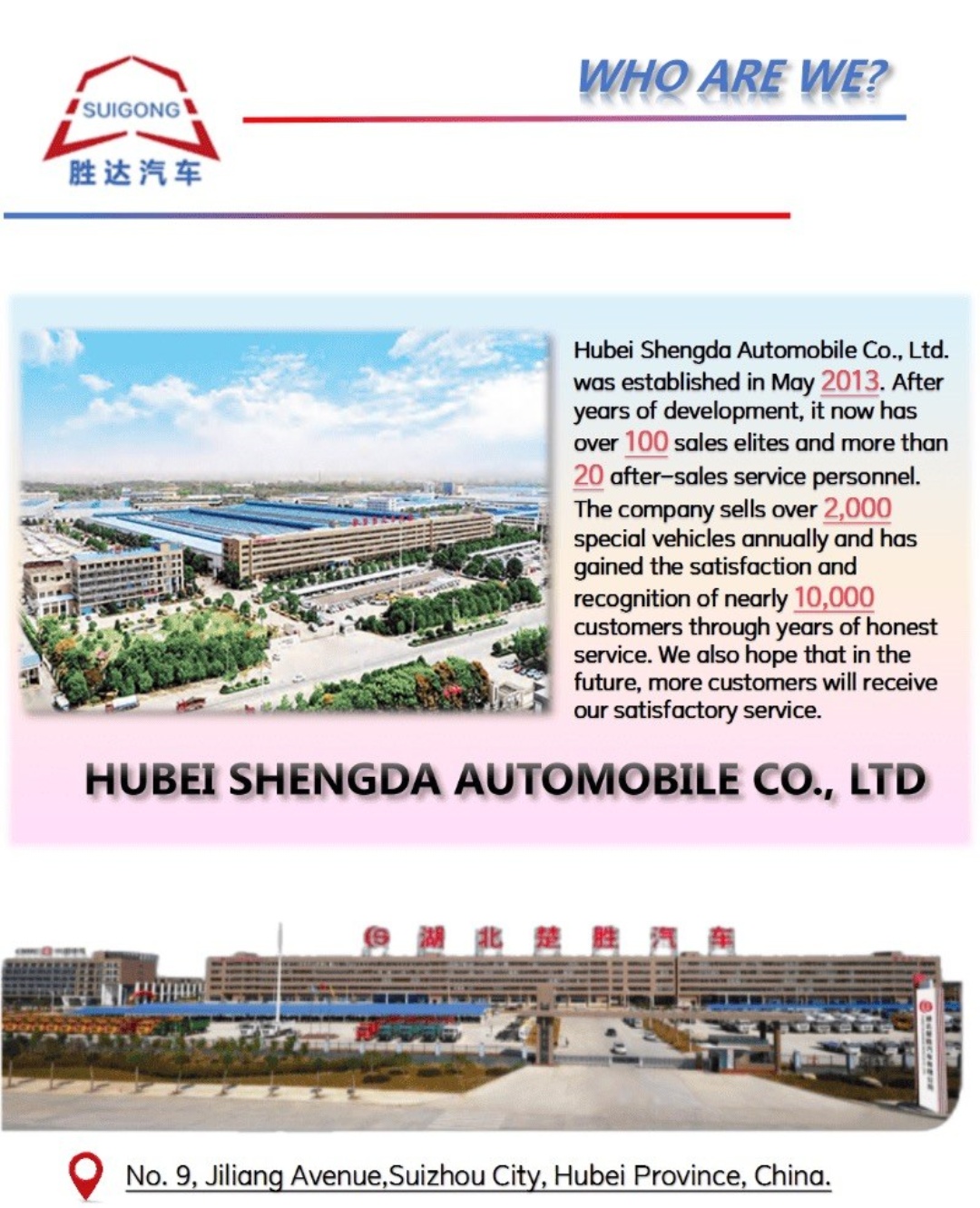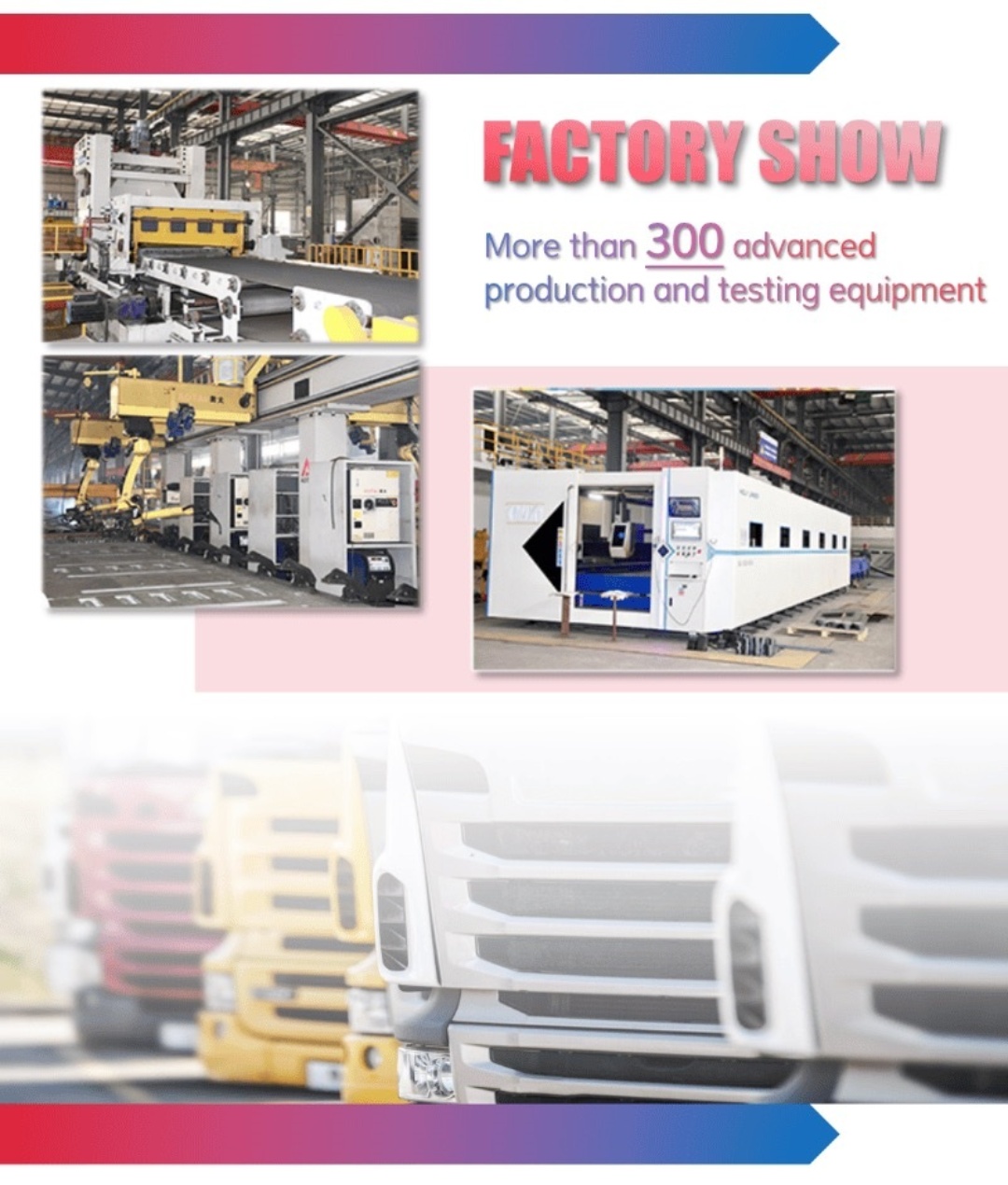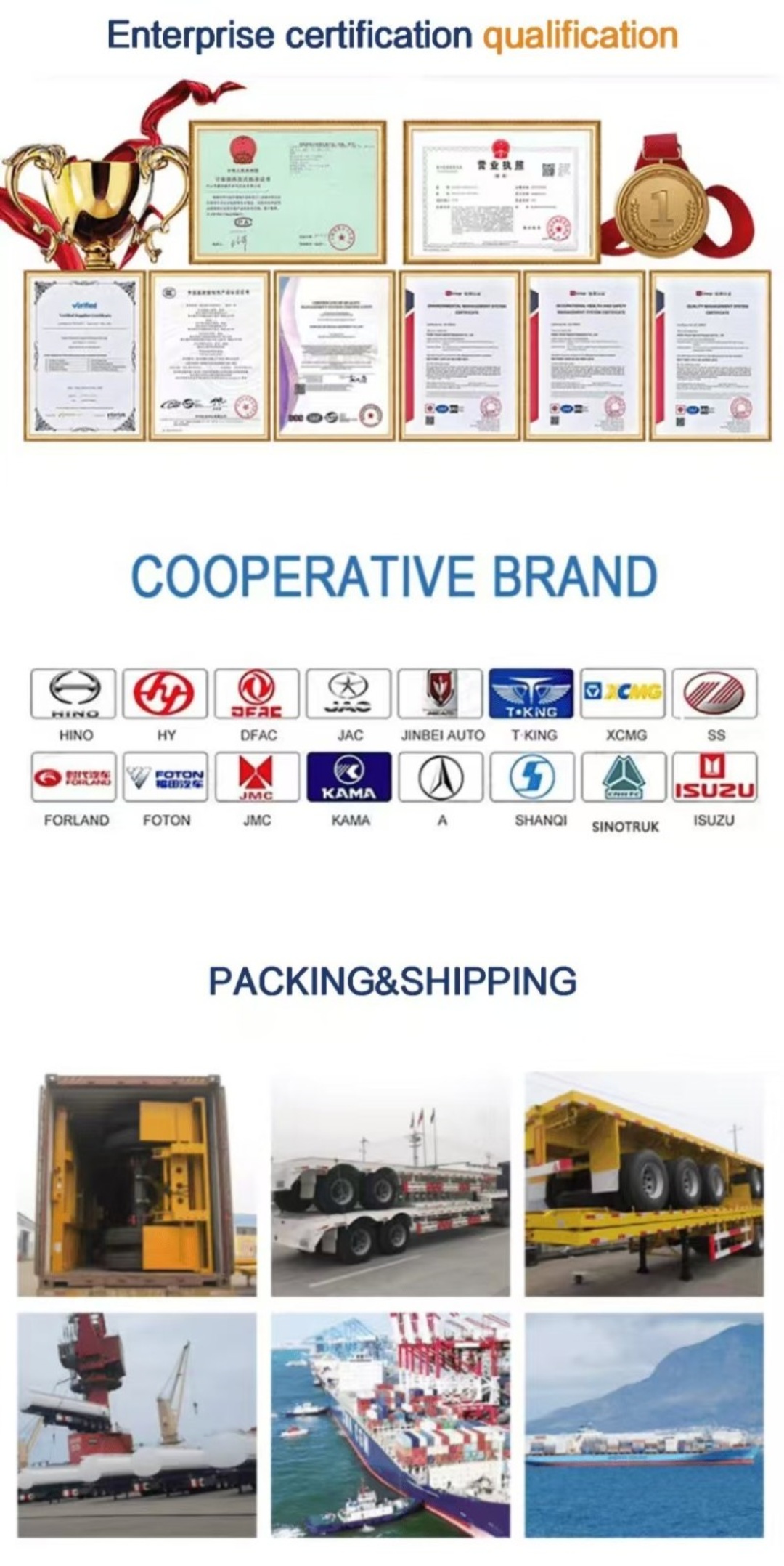jianghuai Weiling 33-meter aerial work vehicle
Chassis configuration: K 5 Cab, three-seater, cloud D 20, 140 hp, FastTrek 8 transmission, 7. 00R 16 Tire (8PR), 3365 wheelbase,
5t reinforced rear axle, air brake, dynamic rotation, air conditioning, electric doors and windows, MP 3 Radio and tape player, central locking, multi-function steering wheel, daytime running lights, multi-leaf springs.
Loading configuration:
Seven eighteen-sided booms are adopted, aerial work vehicle with synchronous telescoping, 360 degree rotation of boom, front V-rear V-shaped double-section hydraulic outriggers, which can be adjusted separately, and the span between front and rear outriggers is 6m, which can be synchronously telescoped. 1. 6m stainless steel hanging basket with load of 200 kilos. Electrostatic powder spraying coating process is adopted for the top of the whole vehicle. Standard electronic control operation screen, remote control, hydraulic oil radiator, soft leg protection. (Optional installation of oil-electric dual purpose device, reversing image, hydraulic winch, operating cab.)
JAC aerial work vehicles mostly adopt advanced power engines equipped with efficient fuel injection technology. For instance, some models are fitted with diesel engines that optimize the combustion chamber structure and fuel injection pressure, enabling more thorough fuel combustion. Compared with traditional engines, aerial work vehicle they can reduce fuel consumption by approximately 10%-15%. While ensuring robust power output, they significantly lower operating costs.
The aerial work vehicles are equipped with an intelligent power distribution system that can automatically adjust the engine's power output to various working components according to different operational scenarios and load conditions. For example, aerial work vehicle when the aerial work platform is lifting heavy objects, the system will prioritize the power needs of the lifting mechanism to ensure smooth and efficient operation. During driving, aerial work vehicle can also reasonably distribute power to the drive wheels, enhancing the vehicle's trafficability and maneuverability.
Advanced hydraulic transmission technology is employed, aerial work vehicle with the hydraulic system featuring fast response and high precision. Taking the hydraulic lifting system as an example, operators can achieve smooth and precise lifting, lowering, aerial work vehicle and telescoping of the aerial work platform through the control handle, with the movement error controllable within a very small range. This meets the requirements of different heights and working positions, improving operational efficiency and safety.
An intuitive and easy-to-operate intelligent control interface is provided, integrating various functional buttons and a display screen. Operators can obtain real-time information about the aerial work vehicle's working status, operating height, angle, and other key parameters through the interface, and easily control various actions of the vehicle. Some models also support remote control functions, allowing operators to remotely operate the vehicle within a certain range, further enhancing operational flexibility and convenience.
The aerial work vehicles are equipped with a comprehensive set of multiple safety protection devices, such as overload alarm devices, limit devices, and emergency braking devices. When the work platform is overloaded, the overload alarm device will promptly issue an alarm to remind the operator to stop the operation. The limit device can prevent the work platform from exceeding the safe operating range, avoiding collision or overturning accidents. The emergency braking device aerial work vehicle can rapidly brake the vehicle in emergency situations to safeguard personnel and equipment safety.
An advanced anti-overturning stability system is adopted,aerial work vehicle which uses sensors to continuously monitor parameters such as the vehicle's tilt angle and center-of-gravity position. When the vehicle approaches the critical state of overturning, aerial work vehicle the system will automatically adjust the hydraulic system pressure or restrict operational actions to ensure that the vehicle remains stable at all times, effectively preventing overturning accidents.



The company was founded on May 23, 2013. It mainly engages in the sales, import, and export of special vehicles (e.g., tanker trucks, sanitation vehicles, dangerous goods vans), construction machinery, auto parts, as well as the manufacturing of special vehicle equipment and molds.
Its main products include tanker trucks, sanitation vehicles, dangerous goods enclosed trucks, cylinder transport vehicles, and collision - avoidance buffer trucks. The company also offers customized manufacturing and import - export services for these products.
The company provides a one - stop service covering customization, exchange, return, installment payment, vehicle registration assistance, and door - to - door delivery.
The products have already reached markets in Europe, America, Vietnam, North Korea, and Southeast Asia. It is continuously expanding into emerging markets like the Middle East and South America. The company can adapt to the regulatory standards (such as environmental protection and safety certifications) of the customers' regions.